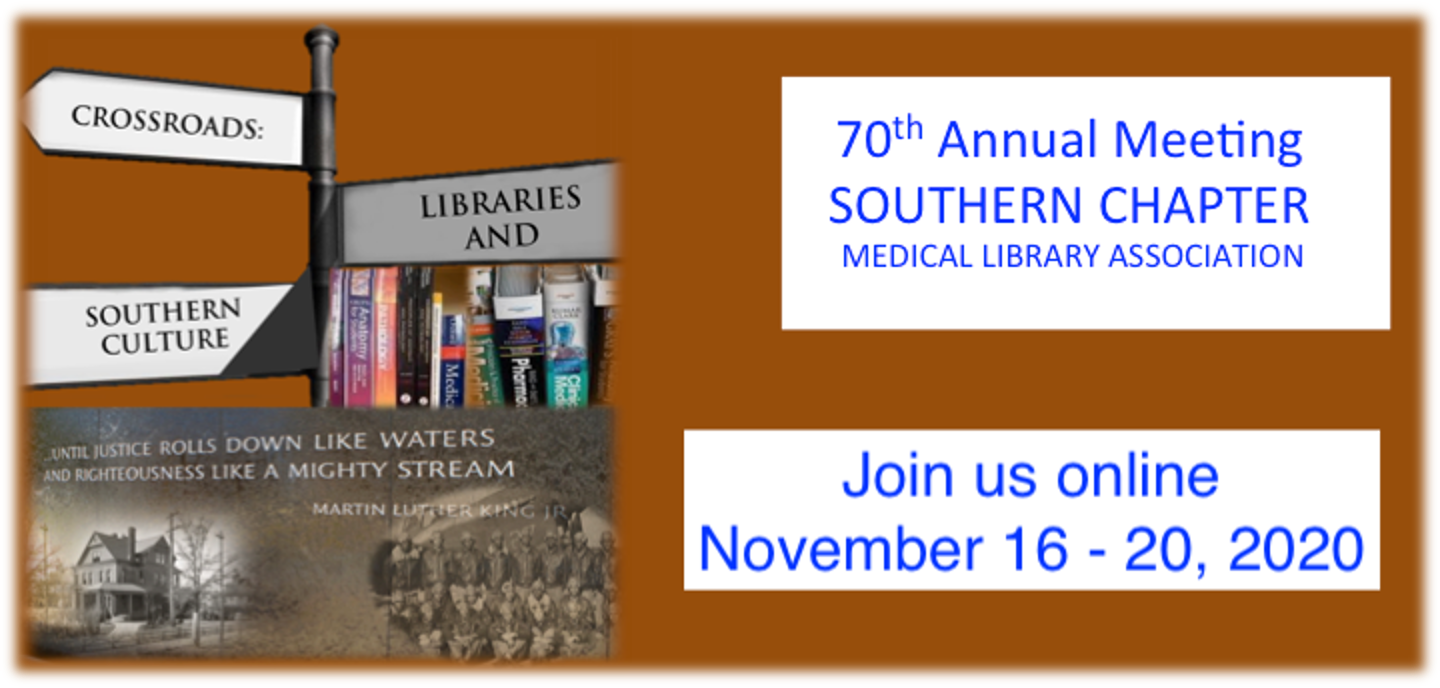Start Date
18-11-2020 1:30 PM
End Date
18-11-2020 3:00 PM
Type of Work
Poster
Description
Objective: Health literacy continues to be a challenge libraries and organizations face. To help address organizational health literacy, the University of Tennessee Medical Center (UTMC) created a Task Force and utilized the Health Literacy Environment of Hospitals and Health Centers (HLEHHC) tool to assess UTMC’s health literacy attributes. When using this tool, it was discovered that some of the questions needed to be updated. This will discuss the process in which the UTMC Task Force and original author Rima Rudd revised and updated the HLEHHC to create the Health Literacy Environment, version 2 (HLE2).
Methods: This update was a two year collaborative process. An extensive literature review on health literacy was performed. Each section of the HLEHHC was reviewed, as well as each question, leading to question updates and removals. Changes were made to the rating scale to better reflect the questions. The new tool undertook a peer review process, followed by more updates. After those changes were made, the tool was pilot tested. Additional updates were then made based on pilot testing.
Results: The HLE2 is composed of five new sections: Organizational Policies, Institutional Practices, Navigation, Culture and Language, and Communication. The rating scale is yes/no as well as a frequency Likert scale. Directions are located at the beginning of each section along with how to score.
Conclusion: Through this collaborative process, Rima Rudd and the UTMC Task Force updated the HLEHHC to include timely questions and specific directions for use. Librarians are at the forefront helping to address the challenge of organizational health literacy. The HLE2 is available for use to analyze literacy-related barriers for organizations.
Librarians Helping to Combat Organizational Health Literacy Through an Updated Health Literacy Assessment Tool
Objective: Health literacy continues to be a challenge libraries and organizations face. To help address organizational health literacy, the University of Tennessee Medical Center (UTMC) created a Task Force and utilized the Health Literacy Environment of Hospitals and Health Centers (HLEHHC) tool to assess UTMC’s health literacy attributes. When using this tool, it was discovered that some of the questions needed to be updated. This will discuss the process in which the UTMC Task Force and original author Rima Rudd revised and updated the HLEHHC to create the Health Literacy Environment, version 2 (HLE2).
Methods: This update was a two year collaborative process. An extensive literature review on health literacy was performed. Each section of the HLEHHC was reviewed, as well as each question, leading to question updates and removals. Changes were made to the rating scale to better reflect the questions. The new tool undertook a peer review process, followed by more updates. After those changes were made, the tool was pilot tested. Additional updates were then made based on pilot testing.
Results: The HLE2 is composed of five new sections: Organizational Policies, Institutional Practices, Navigation, Culture and Language, and Communication. The rating scale is yes/no as well as a frequency Likert scale. Directions are located at the beginning of each section along with how to score.
Conclusion: Through this collaborative process, Rima Rudd and the UTMC Task Force updated the HLEHHC to include timely questions and specific directions for use. Librarians are at the forefront helping to address the challenge of organizational health literacy. The HLE2 is available for use to analyze literacy-related barriers for organizations.


